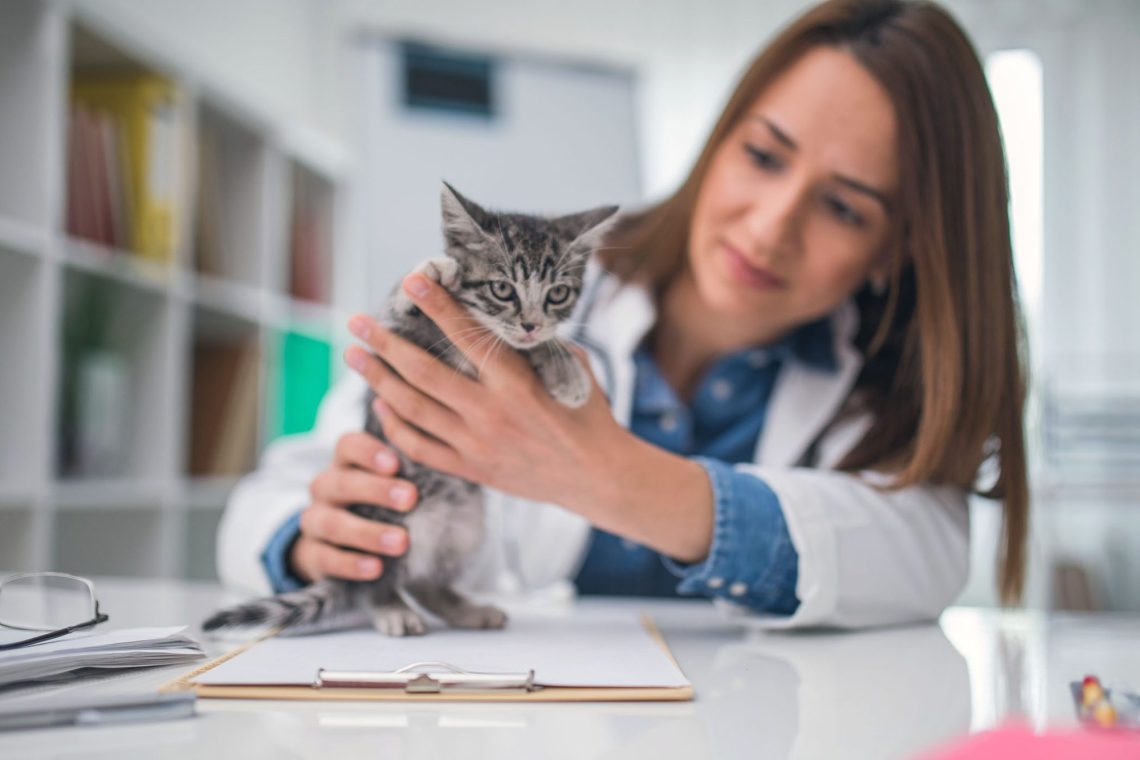
Your cat and veterinarian
 At some point in your cat’s life, you will need to visit the veterinarian. Since this event is usually stressful for the animal, there are some steps you can take to make things easier for both of you.
At some point in your cat’s life, you will need to visit the veterinarian. Since this event is usually stressful for the animal, there are some steps you can take to make things easier for both of you.
When transporting your cat anywhere, use a special cat carrier, even if your pet usually likes to be carried. Your cat can easily become frightened when in an unfamiliar place or surrounded by unfamiliar people. Even a friendly cat in such a situation may bite or try to run away.
When your cat is frightened, she may urinate or defecate. When using a carrier, you are insured against the fact that all this will be on your lap or on the floor in the waiting room. Place a bedding that is familiar to the cat – the one she usually sleeps on or some old clothes that smells like you – inside the carrier. You can also cover the carrier with a blanket or towel on top – your cat will feel more comfortable. When cats are scared or insecure, they tend to hide, and in the dark under a blanket, your pet will feel calm and safe.
Introduction
Usually cats do not like visits to the veterinarian, where they are examined and surrounded by unfamiliar objects, smells, people and animals. If your cat only sees the carrier just before a trip to the doctor, it will naturally form a strong aversion.
Your pet may hide as soon as it sees the carrier, or fight back and use its teeth and claws to avoid getting inside. You can prevent this behavior by leaving the carrier available to your cat at all times. Make it a familiar piece of furniture for your pet. Every time you put your cat in a carrier, give her treats so she thinks it’s a “good place.”
If your cat has developed a persistent dislike of being carried, it can be quite difficult to get her inside. Try to convince your pet to come in with treats or have someone hold the carrier upright while you place the cat inside. If your cat strongly refuses to come inside, don’t force it, just remove the item. Give your pet a chance to relax by wrapping her in a blanket or towel and then quickly placing her in her carrier.
Keep the carrier covered while you are in the clinic. So your cat will feel calmer longer. If you have to sit next to other animals, at least try to stay away from noisy and excited clinic patients.
Offer your help
When it’s your turn, ask your vet to let you hold your pet. However, remember that the doctor and nurses have a lot of experience dealing with frightened and stressed animals and know how to act in order not to harm the animal and not get hurt themselves.
So do not worry – your pet is in safe hands. Your veterinarian may cover your cat’s head with a towel to make the animal feel like it’s hiding.
Veterinary clinics can be very crowded, and if you need extra time to talk with a doctor, make an appointment in advance. Plan a longer visit or avoid peak hours if possible. The greatest workload for doctors is noted in the early morning or in the evenings, when people are not working.
Take your cat to the veterinarian regularly. This will not only allow her to get used to such communication, but will also enable the veterinarian to get to know your pet better. The more often the veterinarian sees your cat, the better they can take care of it and the more they know about its needs.





